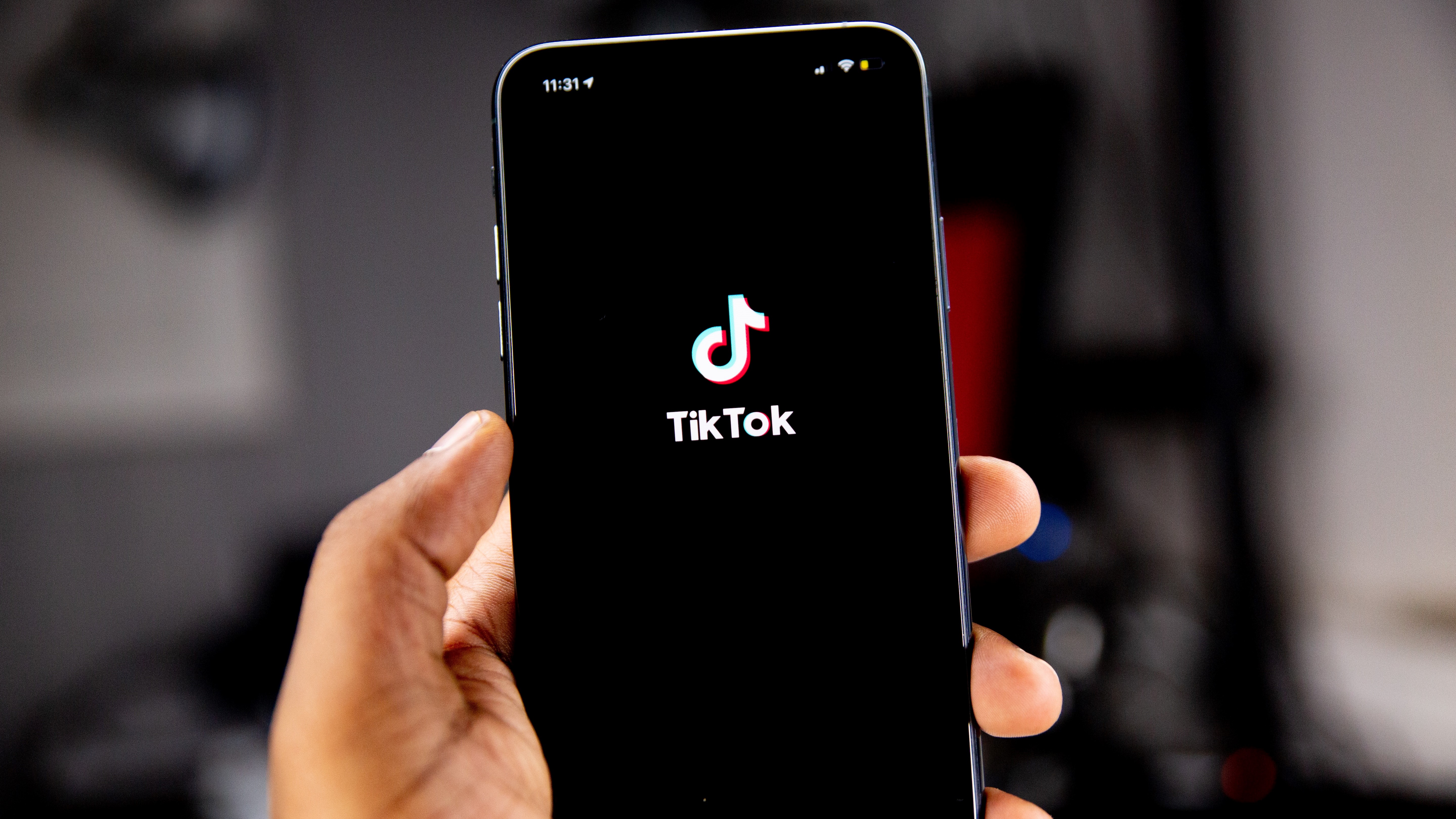While it's safe to say that many of us have — at one point or another — scared ourselves by browsing WedMD while sick, TikTok has recently emerged as another platform that leads to self-diagnosis.
In a new report by The Wall Street Journal, there has been a recent uptick in the number of U.S. adolescents diagnosing themselves with rare mental disorders such as borderline personality disorder (BPD) and dissociative identity disorder (DID).
Only an estimated 1.4% of American adults have BPD, while 1% or less experience DID.
Despite the rarity of these disorders, there's a plethora of TikTokers exploring these topics. Whether sharing their own experiences with DID or listing out common characteristics of BPD, TikTok users have easy access to content that's centered on these disorders.
With the emergence of this trend, problems arise once teens begin diagnosing themselves with mental disorders after being exposed to this type of TikTok content.
"It can be tricky when there's a strong clinging to a particular diagnosis," said Bre-Ann Slay, a clinical psychologist, according to WSJ. "What shocked me the most was how many videos there were about multiple-personality disorder because of how rare it is."
"We have to convince these kids to release their self-diagnoses — but when they leave us, they go right back into that TikTok community, which reinforces their beliefs," Don Grant, the executive director of a teen outpatient treatment program, told WSJ.
Evan Lieberman, a clinical social worker and content creator, also commented on the situation, saying that many TikTokers are "using mental-health diagnoses as a social currency."
TikTok has become the new “Dr. Google” for teens, and some are diagnosing themselves with rare mental disorders. “It really messed with my head,” an 18-year-old said. https://t.co/hV8dZwDBHU
— The Wall Street Journal (@WSJ) December 27, 2021
Additionally, first-hand insight on the matter was provided by Samantha Fridley, a high school senior who struggled with diagnosing herself for over a year.
Fridley, who has a history of depression and anxiety, said she related to some of the TikToks that explored the symptoms of BPD and DID — leading her to believe that she was genuinely affected by these disorders.
"It really messed with my head," she said, according to WSJ.
Fridley also revealed that, more often than not, TikTok's algorithm would recommend the content to her — continually providing videos and potential new diagnoses.
"We felt for a long time that we were competing with social media," Fridley's father told WSJ. "For any child with mental health issues, to be alone in their room with their thoughts and with TikTok is a dangerous combination."
Eventually, Fridley realized that she had a problem with self-diagnosis, and she checked into a 54-day, device-free treatment program.
"It was the best feeling ever not to have my phone with me," she said.
After completing the program, Fridley avoided using social media for three months. While she ultimately began using TikTok again, she started spending less time on it and began clicking "not interested" on all mental health-related content. After about a month, her "For You" page was free of self-diagnosis videos.
When it comes to addressing the issue of self-diagnosis, it's noted that taking a brief social media break — or even outright creating a new account — could prove to be highly beneficial. It's also essential to reinforce that licensed professionals are the only ones authorized to provide mental health diagnoses.
